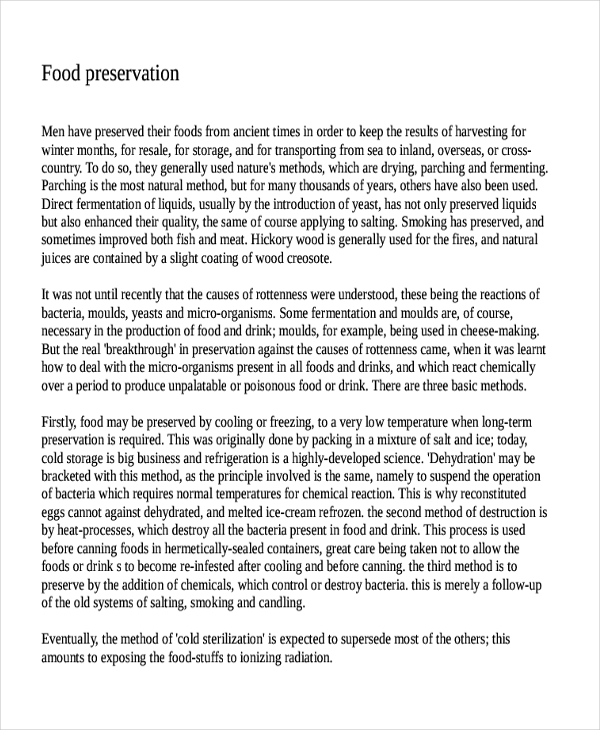There are a few steps you can take to write an informative essay. These steps include choosing a topic, developing a thesis statement, and including a call to action. While writing an informative essay, keep in mind that your purpose is to inform your audience. The conclusion of an essay should be brief and summarize the information contained in the essay. It should also summarize the previous paragraphs and restate your topic in the most compelling way possible.
Steps to writing an informative essay
In order to write an informative essay conclusion, you must know what your target point is and how to support your position with evidence. When writing an informative essay, you should follow three general steps: Identify the paper category, cite sources in the text, and create a works-cited list. Then, use the works-cited list to reference your sources. To make the most of your resources, make sure you cite them correctly.
Choose an interesting topic. While writing an informative essay, you need to choose a topic that will interest the audience. A good idea is to choose an area that you’re personally interested in, but that isn’t too specific. The point is to increase your knowledge. To choose a topic, you can either choose one that interests you or come up with your own. Make sure you visualize where the paper is going before you begin writing.
Research is another key step in writing an informative essay. Doing research can fill in gaps, give you a clearer understanding of your topic, and place your knowledge in context. You can do this both online and offline. Although an informative essay doesn’t argue, it still needs a central statement, or thesis. It’s important to check for reliable sources before writing your conclusion, as relying on Wikipedia or other unreliable sources isn’t a good idea.
Thesis statement
In addition to re-stating the thesis statement, an informative essay conclusion should include a few sentences that wrap up the arguments that support the main body of the essay. The purpose of the conclusion is to give the reader a sense of closure and to explain why the information provided is valuable. Depending on the subject, it can be as general or as specific as the writer chooses. It is important to avoid common grammatical errors when writing an informative essay conclusion.
A good thesis statement is tailored to the type of essay. An informative essay should start with a claim that is both interesting and logical. A good thesis statement will guide the reader through the paper and end with a conclusion that answers the main question that is posed in the thesis statement. While choosing a thesis statement, make sure that it fits the scope of the essay. In other words, if your topic is about food, you should write a conclusion about food.
As with any other essay, an informative essay should have three main parts: an introduction, a body that addresses the issues mentioned in the thesis statement, and a conclusion that wraps everything up. Drafts and outlines do not count as part of the essay. Informing readers of the subject of an essay is one of the most rewarding tasks students can complete. Hopefully, following these steps will help you write an informative essay that gets your desired grade.
Call to action
If you have concluded an informative essay with a call to action, make it as immediate as possible. You can have your audience sign up for something that you are offering, or you can simply pass out a form. In any case, the call to action should be clear, simple, and compelling. Here are some tips to help you write an effective call to action. Listed below are some examples of effective calls to action.
In addition to your call to action, you can also include forecasts and warnings to make your conclusion more powerful. Use credible figures in your conclusion, such as the CFO of a well-known company in your state. Another way to make your conclusion more compelling is to enclose the main points of the paper in an anecdote. The story behind the anecdote can capture the main ideas of the paper while leaving a strong impression on your readers.
Your call to action must be easy to understand for your audience. The font used should be bold, not small and not fancy. The message should clearly state what the audience should do, and why they should do it. Be sure to avoid using jargon and simplify it if you can. A call to action is an important part of the final paragraph of an informative essay. You want your audience to take action when they finish reading.

